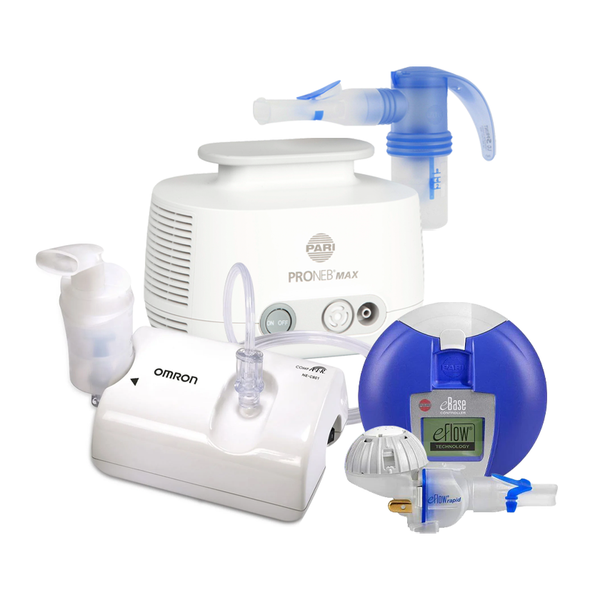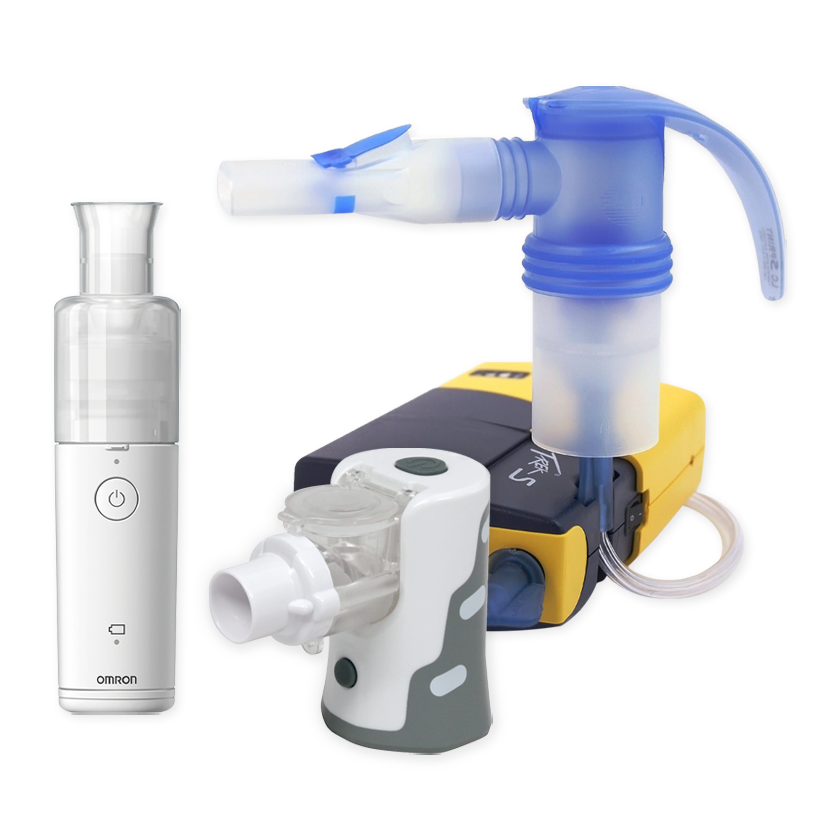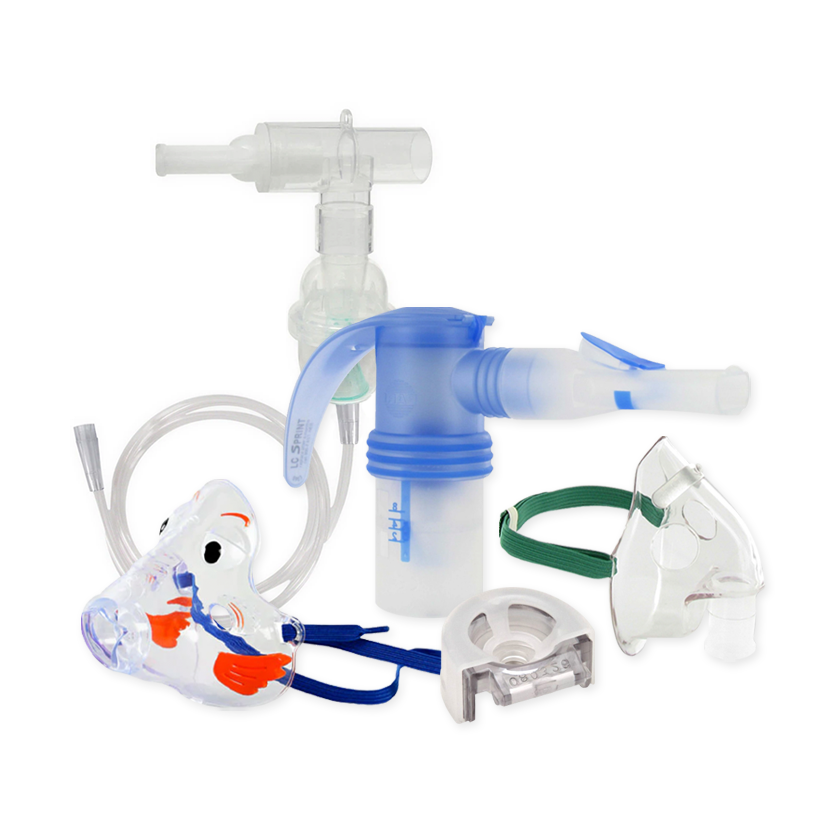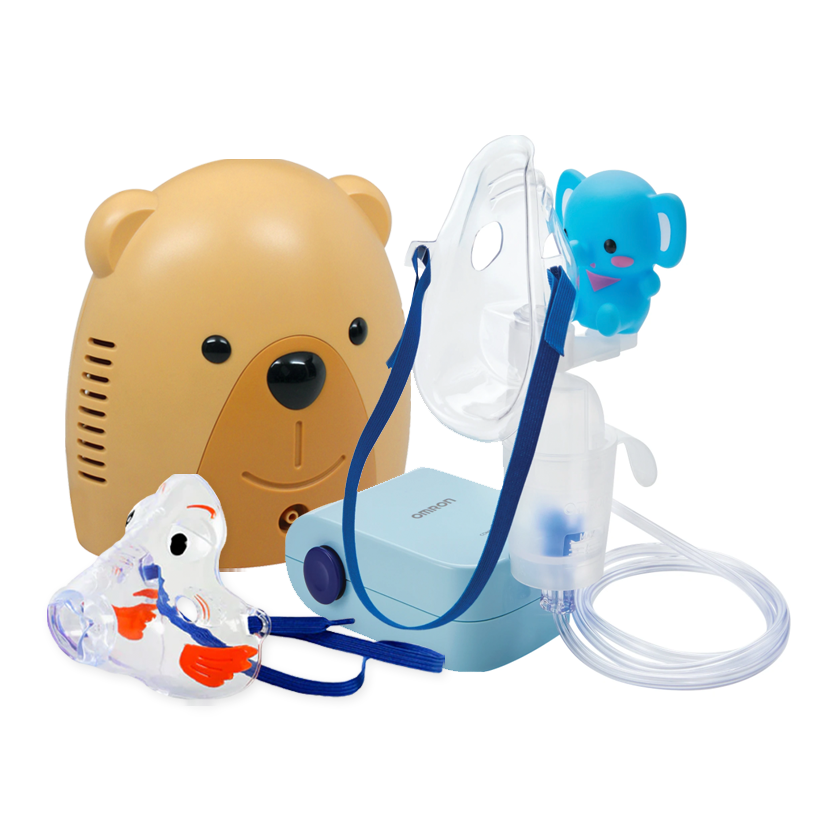Your Cart is Empty
Free Shipping on all orders over $75!
Menu

Free Shipping on all orders over $75!
Nebulizer Systems
Travel Nebulizers
Nebulizer Accessories
Just For Kids
Oxygen Supplies
Researchers Use Twitter to Predict Asthma Related Emergency Room Visits
April 30, 2015 2 min read
At the University of Arizona, professor of management information systems Sudha Ram and physician Dr. Yolande Pengetnze have teamed up to invent a model that can predict with 75% accuracy how many asthma related emergency room visits a hospital will receive on a given day.
The model uses data from both air quality sensors and Twitter. As Ram explains, Twitter can be an even more useful way to collect a person’s health data than looking at their actual health records. “You only go to the doctor once in a while, and you don’t always tell your doctor how much you’ve been exercising or what you’ve been eating. But people share that information all the time on social media,” she said.
Ram and Pengetnze collected data from millions of tweets around the world. They then used text-mining to look at the frequency of asthma related keywords such as “asthma,” “inhaler” and “wheezing.” They looked at how frequently these terms were used in the zip codes surrounding a specific Dallas hospital, and also the air quality data from that region.
Through analyzing the tweets and air quality together, Ram and Pengetnze were able to successfully predict with 75% accuracy the amount of visits the Dallas hospital could expect to receive on any given day-- low, medium or high.
By using predictive models like these, hospitals could better prepare for their daily tasks, making sure they have the appropriate numbers of workers, the right equipment, and the right medicine to the treat the number of patients they’ll be seeing that day.
Ram and her colleagues hope to use these techniques to create predictive models for other chronic conditions like diabetes.
Subscribe
Sign up to get the latest on sales, new releases and more …

NEW CUSTOMERS SAVE $5 OFF YOUR FIRST PURCHASE OF $20 OR MORE
Code will be sent to email entered if applicable
SIGN UP FOR FUTURE SALES, NEW PRODUCTS AND ANNOUNCEMENTS
{"themeColor":"#061f77","iconColor":"#061f77","showLogo":true,"topBottomPosition":0,"rightLeftPosition":5,"iconSize":"large","iconCustomSize":64,"position":"middle-right"}



